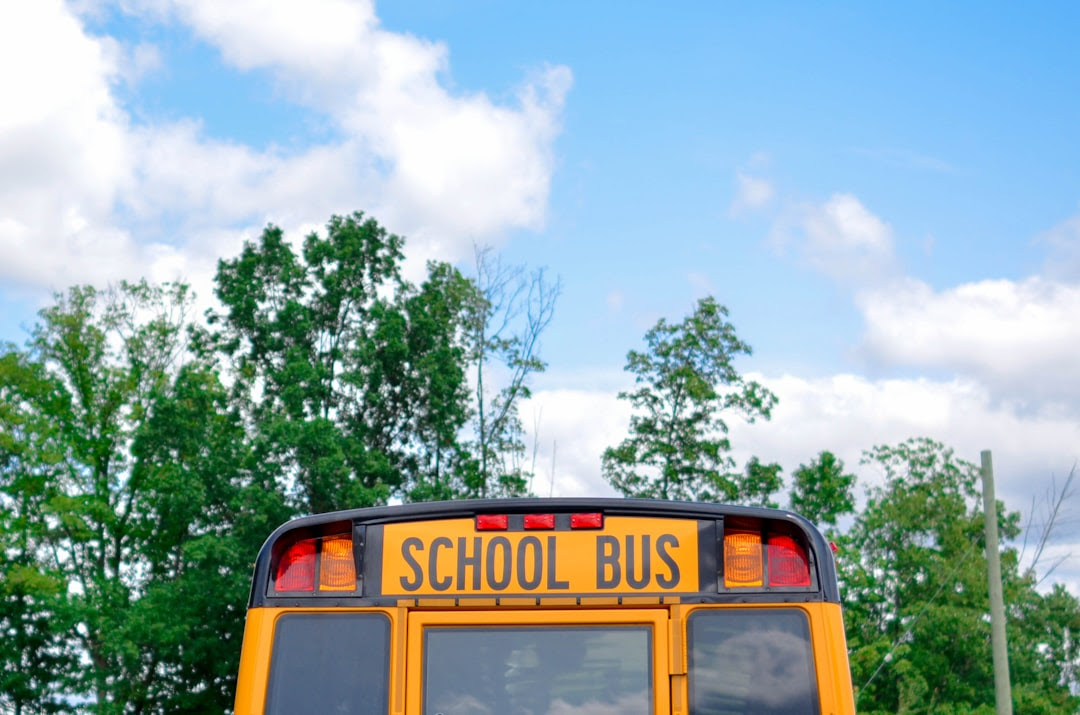How do you turn around a failing school?

By: Andrew Dunn
Ann Doss Helms is the best education reporter in the state of North Carolina, and she published a fascinating article last week about how a failing elementary school in west Charlotte turned itself around.
The short version is this: Allenbrook Elementary was a classic example of a struggling high-poverty school: 85% of students qualify for free lunch, and two-thirds are classified as “economically disadvantaged” by the state. And for years, it was mired in poor performance. Plenty of students earned As and Bs on their report cards, but fewer than a third of them were proficient in reading or math. An abysmally small percentage were meeting growth targets, and the school earned an “F” grade from the state.
Then in 2020 came a new principal, Kimberly Vaught. She cast a new vision for the school, reorganized the support staff, engaged parents with frank conversations and motivated students with big dreams. Then the school began a three-hour tutoring program after school three days a week, where students drill down hard on reading and math.
Less than three years later, Allenbrook earns a “C” grade from the state. More than half of its students are proficient in reading and math, including much higher percentages in some grades and subjects. Every single Allenbrook student met academic growth targets in the most recent year.
It’s an amazing success story.
 |
However, this turnaround is as frustrating as it is fascinating. Education leaders have long cast about for strategies to help poor-performing, low-income schools succeed. Everyone’s looking for a successful model to replicate, or at least some best practices to invest in. At a recent Board of Education meeting, Superintendent of Public Instruction Catherine Truitt characterized today’s approaches to school improvement as “scattershot,” and she’s right.
One reason why is this caution turnaround experts always give: “There’s no surefire formula for turning around a single school. And no one has managed to take a successful turnaround effort to scale,” as Helms points out in a follow-up article warning us not to take too many lessons from Allenbrook’s example.
This is true, but I’m not convinced that there’s no way to plot a systematic path forward. Treating successful school turnarounds as miraculous aberrations keeps North Carolina from doing more to help students in need.
From Allenbrook’s case study in particular, here are a few takeaways I believe are worth considering.
There’s plenty of money already
The typical argument from the left is that all poor-performing schools need is more money. Allenbrook Elementary is a prime example of how this simply isn’t true. Low-income schools are awash in federal and state dollars, as Vaught points out in the article. The money is there — the key is how it’s used.
Excellent principals matter
Vaught seems to me like a rock star. Before turning around Allenbrook, she did something similar with another low-performing school in Charlotte, Lawrence Orr Elementary. A good principal knows how to marshall the resources available, set and enforce high standards, communicate effectively with parents and set a compelling vision for an excellent school.
Vaught is a school turnaround specialist, and she’s not the only one in North Carolina. The question is: How do we get more excellent principals like Vaught into our schools? How do we maintain this type of leadership once the specialists move on to the next project? And how do we get all the knowledge and experience from them and teach it to other school leaders?
This isn’t news. The WestEd report on improving N.C. education (the one that’s central to the Leandro case we’ve discussed at length in weeks past) puts principal recruitment near the top of its list. Other turnaround case studies have found the same thing. “Turnaround does not come in a box,” State Board of Education member Amy White said in 2020, as reported by EdNC. “It is not a program. It’s a leader.”
Too often, though, the quick answer to getting this done is “pay principals more.” This job is largely done now, but experience shows that isn’t enough. There are vetting and recruitment and training problems to solve, too — and they simply haven’t been figured out.
Engaging parents matters
Too many schools and school districts treat parents as an obstacle to overcome rather than the people ultimately responsible for a child’s education. Time and again in Helm’s article, there are examples of Vaught engaging parents respectfully. Parents want their children to succeed, but there are all manner of reasons why a family may have difficulty. Allenbrook shows that there are ways to work with parents effectively, and it starts by recognizing that families have a lot on their plates.
It’s time to get uncomfortable
I think one big reason why the state education bureaucracy discounts examples like Allenbrook is that they’re worried about principals at failing schools getting their feelings hurt. Yes, it is extremely hard to turn around a poor-performing school, but it clearly can be done. Figuring out how means getting candid and holding administrators accountable when they don’t get the job done.
The children of North Carolina deserve high-quality schools, and it’s worth hurt feelings to achieve them. We need more hard conversations — public conversations — about what separates principals like Vaught and schools like Allenbrook from others that continue to fail.
Under Republican leadership, the General Assembly has shown it is willing to invest money in evidence-based strategies that show promise of success. But there needs to be a plan, a plan that probably needs to step on a few toes in service of results.
Comment
| In Bid For 5-Star Yelp Reviews, Church Installs USB-C Chargers In Pews | Editorials, Beaufort Observer, Op-Ed & Politics | New climate alarmist call for worldwide rationing of food and fuel |






















While the current administration and liberal news is trying to tear down the family, this past School Board did not have the guts to simply say, “We will not teach CRT in our schools”. So, hate and division are an undercurrent still floating around out there. Now we have three new members that are asking the right questions.
It all comes down to leadership and vision. We seem to be quick to display the Rain-Bow flag but where is the American Flag in a classroom or hallway? Are there any images of successful people that students might immolate displayed in the schools? How about discipline and behavioral illnesses? Are these two problems a priority? We know the overall problem is that 8 of our 13 schools rate a D by the DPI. Who is responsible